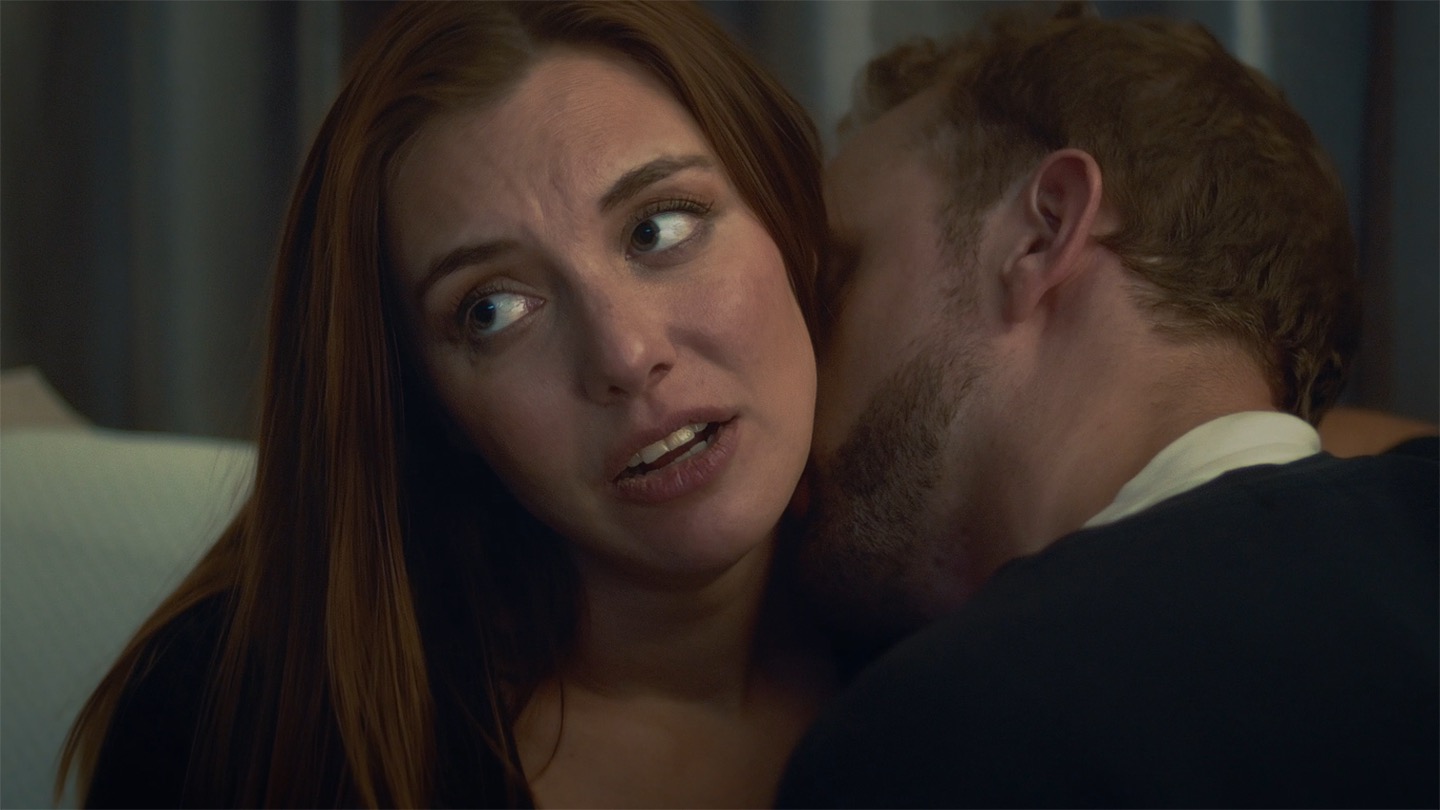High budgets typically mean big productions in the film industry. Feature films are notorious for enormous budgets; spending millions of dollars on stars, sets, and special effects is not uncommon. Short films tell a different story. With much lower production costs, short films offer a unique opportunity for filmmakers to experiment and push the boundaries of storytelling without the financial pressure that bigger projects face. The lower costs are key to fostering creativity because this allows filmmakers to take risks and explore new ideas, which sometimes feature films do not allow.
Understanding How Money Works in Making Short Films
Short films come within a very wide range of budgets. A debut short for first-time filmmakers might cost somewhere in the ballpark of $15,000, and experienced filmmakers can get an impressive piece done for as little as $4,000. The average cost per minute of screen time is between $700 and $1,500. For example, producing 10 minutes would typically cost between $7,000 and $15,000. In absolute terms, within the context of a big-budget feature film, these amounts are paltry; however, they are enormous for a filmmaker working on a smaller scale. It’s like a fishin frenzy where the right approach can lead to great results even with limited resources.
Significant costs in making a short film are rentals of gear (camera, sound, and lights), post-production work (editing and sound design), and pay for the cast and crew. For example, daily camera rental can cost between $150 and $500; a director’s fee might be around $500 per day. Short film production is pretty high when quality is chosen to be maximized. Costs may rise above $11,000 per minute of screen time when aiming for feature-film production values.
Fostering Creative Experimentation with Limited Budgets
Short films allow creators to take more chances, whereas larger productions often cannot afford to. Less money put into making a short film allows filmmakers to experiment with odd or unusual ways of telling a story. Without the fear of great financial loss, filmmakers can try abstract or non-standard narrative techniques that would be too expensive to pursue in feature films.
Budget constraints on short films promote other creative aspects of production. For example, filmmakers often have smaller crews, fewer locations, and less equipment, all of which compel them to think creatively. This often leads to unique artistic choices and a distinctive style that might never have come about in an environment with more abundant budgets. In a way, the constraints enable the filmmakers to maximize their resources by focusing more intently on finding an impactful story. It is this kind of freedom that allows for craft refinement, testing new ideas, and receiving rapid feedback, less feasible in longer production cycles of feature films.
A Gateway for New Filmmakers
Short films are affordable, allowing new and independent filmmakers access. The fewer the financial barriers for new filmmakers, the better the opportunity to create and showcase their work without substantial funding, particularly in an industry where securing funding for feature films can be a challenge.
Filmmakers can craft compelling narratives even with a “no-budget” approach by focusing on essentials like props, food, and paying actors. The lean approach promotes an intimately engaged, passionate filmmaking process where the story takes center stage rather than big money visual effects or large-scale productions. For many, making short films is an essential career-building step. It helps them gain experience, build a portfolio, and possibly secure funding for a bigger project in the future.
In Closing
Short films, relatively inexpensive to produce, give the filmmaker a chance to try new ways of telling a story or different methods of cinematography. In fact, it is the financial limitations of short films that drive creativity; within those parameters, filmmakers are encouraged to take risks and extend the limits of their artistry. For these reasons, short films become an important space for the art form in helping new filmmakers hone their skills and contribute to ever-changing cinematic art. With less money at stake, brilliance has room to breathe; there is a better chance for fresh, powerful stories to develop that might never have been told in an environment where much more money was involved.
About the Author
No comments yet.



